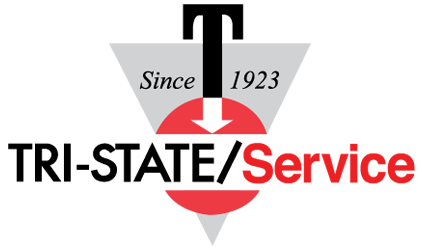A Busy Atlantic Hurricane Season The Atlantic hurricane season runs from June 1 through November 30. An above-normal season is expected, according to forecasters with NOAA’s Climate Prediction Center, predicting a 60% chance of an above-normal season, a 30% chance of a near-normal season and only a 10% chance of a below-normal season.

NOAA’s Climate Prediction Center is forecasting a likely range of 13 to 19 named storms (winds of 39 mph or higher), of which 6 to 10 could become hurricanes (winds of 74 mph or higher), including 3 to 6 major hurricanes (category 3, 4 or 5; with winds of 111 mph or higher).
What’s in a Name? The World Meteorological Organization manages the formal system by which hurricanes receive their names. A set of six lists of alphabetized storm names is in rotation. The names of especially severe storms are permanently retired from use and replaced.
When a storm’s sustained winds reach 39 mph, forecasters describe it as a “tropical storm” and give it the next name from the list for that season. When sustained winds reach 74 mph, a “tropical storm” becomes a “hurricane.” The hurricane retains the name given to the tropical storm.
2020 has had two named storms already, Arthur and Bertha, both in May.
A Valuable Partner in Tough Times Tri-State/Service Roofing & Sheet Metal Group clients consider us a trusted resource during weather emergencies. Our problem-solving leaders and technicians can help businesses and building owners respond to and recover from extreme weather and other emergencies.

